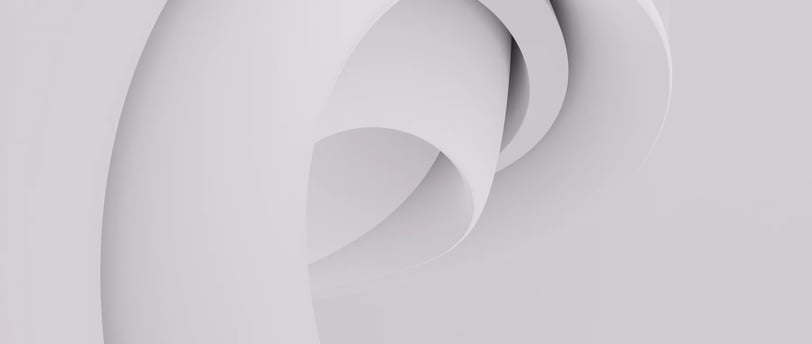The Transformative Power of Pranayama: Ancient Breathing Techniques for Holistic Well-being
PRANAYAMA
5/16/20242 min read


Understanding Pranayama: The Ancient Breathing Practice
Pranayama, a Sanskrit word meaning "extension of the prana or breath," is an ancient yogic practice that focuses on controlling the breath to improve physical, mental, and spiritual well-being. This holistic discipline is an integral part of yoga and has been documented in various ancient texts, including the Yoga Sutras of Patanjali and the Hatha Yoga Pradipika.
Benefits of Practicing Pranayama
Pranayama offers a myriad of benefits for individuals who incorporate it into their daily routine. These benefits extend beyond the physical realm and encompass mental and emotional well-being as well. Some of the key advantages of practicing pranayama include:
- Stress Reduction: Controlled breathing techniques help in calming the mind and reducing stress and anxiety levels.
- Enhanced Respiratory Function: Regular practice of pranayama improves lung capacity and overall respiratory efficiency.
- Improved Mental Clarity: The practice of pranayama aids in enhancing focus, concentration, and mental clarity.
- Balanced Energy Levels: It helps in balancing the flow of vital energy within the body, promoting overall well-being.
- Emotional Balance: Pranayama techniques contribute to emotional stability and a greater sense of inner peace.
Ancient Texts and Pranayama
The roots of pranayama can be traced back to ancient yogic texts, where it is described as a fundamental aspect of the yogic journey towards self-realization. The Yoga Sutras of Patanjali, compiled over 2,000 years ago, outline the principles of pranayama as a means to attain higher states of consciousness and transcendental experiences. Additionally, the Hatha Yoga Pradipika, a classic Sanskrit manual on Hatha yoga, provides detailed instructions on various pranayama techniques and their profound effects on the practitioner's physiology and psychology.
These ancient texts serve as timeless resources for understanding the philosophical and practical dimensions of pranayama, offering insights into its profound impact on the human system beyond the physical body.
Types of Pranayama
Pranayama encompasses a diverse range of breathing exercises, each with its unique techniques and benefits. Some of the prominent types of pranayama include:
- Ujjayi Pranayama: Also known as "victorious breath," Ujjayi involves deep inhalation and exhalation through the nose, creating a gentle oceanic sound by constricting the throat.
- Kapalabhati Pranayama: This cleansing breath technique involves rapid and forceful exhalation through the nose, followed by passive inhalation. It helps in clearing the respiratory passages and energizing the mind.
- Sheetali Pranayama: Sheetali is a cooling breath practice that entails inhaling through the rolled tongue or pursed lips, leading to a sensation of inner cooling and relaxation.
- Bhramari Pranayama: Often referred to as the "humming bee breath," Bhramari involves producing a gentle humming sound during exhalation, which has a calming effect on the mind and nervous system.
- Anulom Vilom Pranayama: Also known as alternate nostril breathing, this technique involves breathing through one nostril at a time, promoting balance and harmony between the two hemispheres of the brain.
These are just a few examples of the wide array of pranayama practices available to individuals seeking to harness the transformative power of conscious breathing.
Customer support
drishyayogawellnessworld
Newsletter
+91 8090180181
